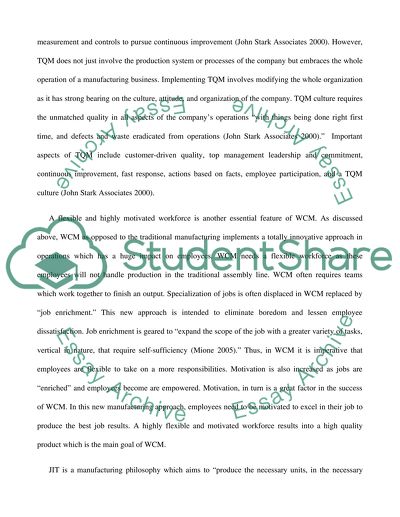Cite this document
(“Management Accounting - World Class Manufacturing Essay”, n.d.)
Management Accounting - World Class Manufacturing Essay. Retrieved from https://studentshare.org/miscellaneous/1526598-management-accounting-world-class-manufacturing
Management Accounting - World Class Manufacturing Essay. Retrieved from https://studentshare.org/miscellaneous/1526598-management-accounting-world-class-manufacturing
(Management Accounting - World Class Manufacturing Essay)
Management Accounting - World Class Manufacturing Essay. https://studentshare.org/miscellaneous/1526598-management-accounting-world-class-manufacturing.
Management Accounting - World Class Manufacturing Essay. https://studentshare.org/miscellaneous/1526598-management-accounting-world-class-manufacturing.
“Management Accounting - World Class Manufacturing Essay”, n.d. https://studentshare.org/miscellaneous/1526598-management-accounting-world-class-manufacturing.


